- Home
- About Us
- Products
-
Heat-Pump Dehumidifier DeAir
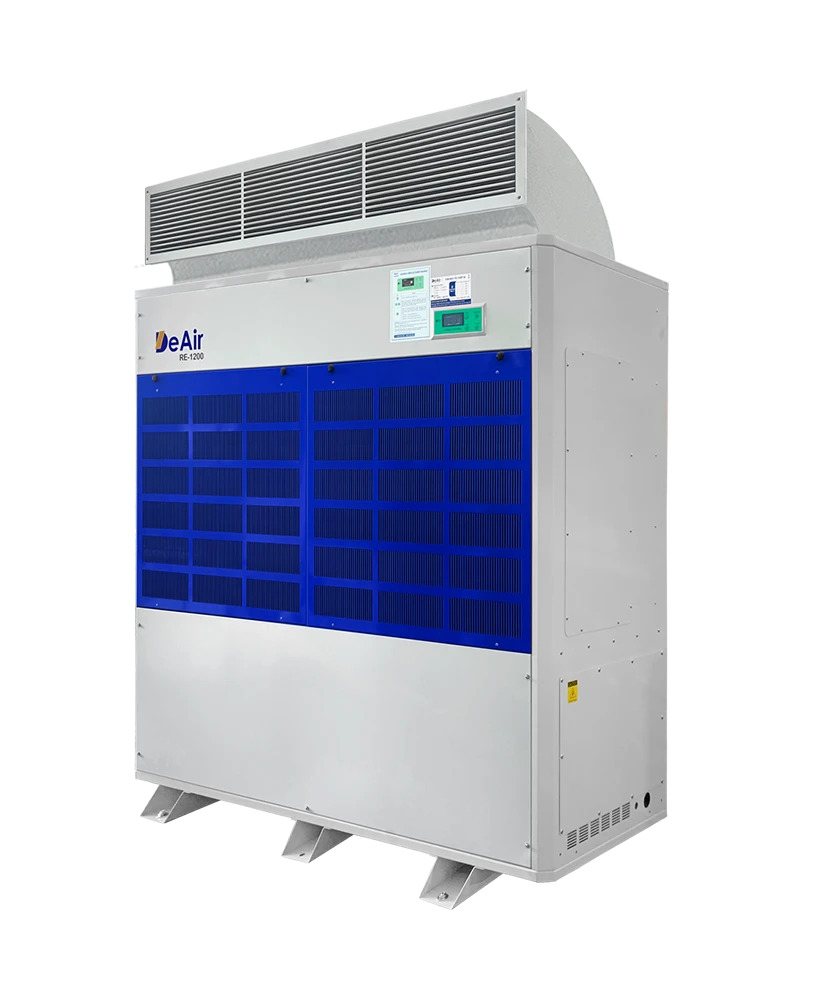 DeAir.RE
DeAir.RE -
Heat-Pump Dryer DeAir.RE-H
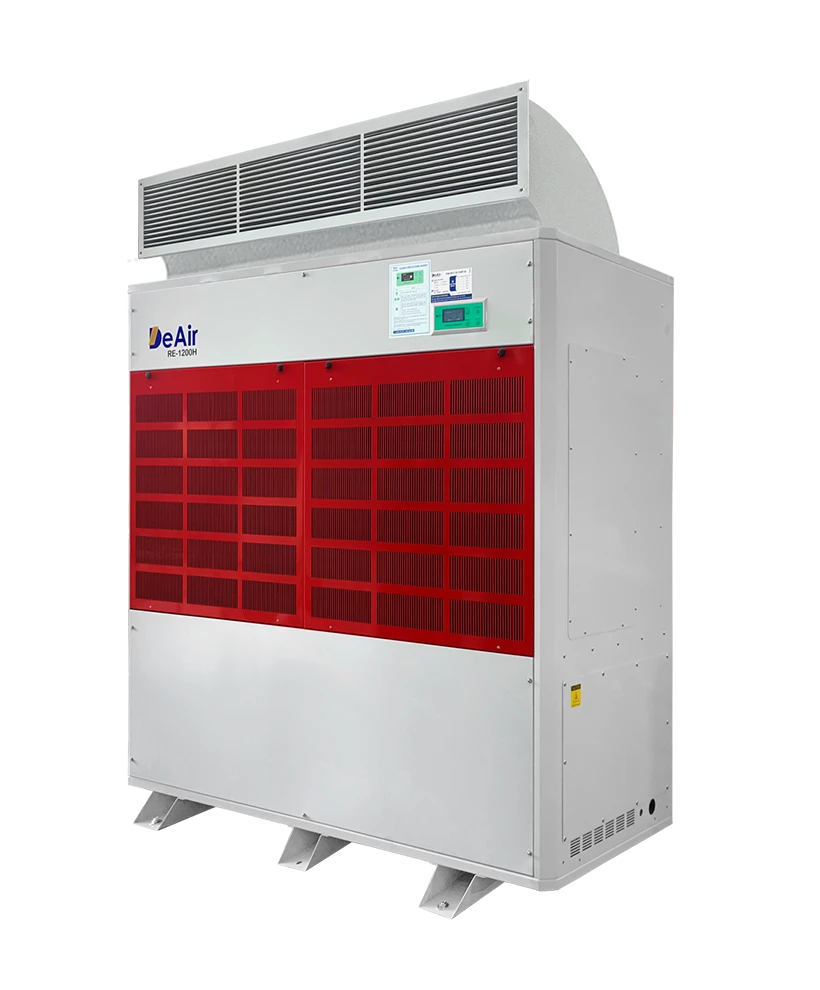 DeAir.RE-H
DeAir.RE-H -
Heat-Pump Stainless Steel Dehumidifier
 DeAir.RE-INOX
DeAir.RE-INOX -
Heat-Pump Isothermal Dehumidifier DeAir.CRE
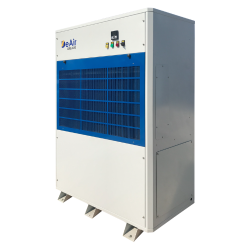 DeAir.CRE
DeAir.CRE -
Dezenno Dehumidifier
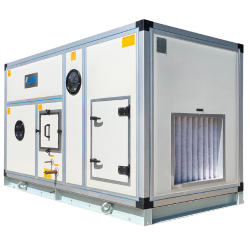 Dezenno
Dezenno -
Heat-Pump Ceiling Mounted Dehumidifier DeAir
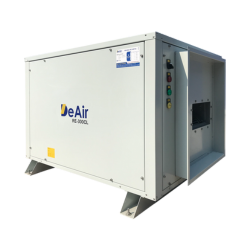 DeAir.RE-CL
DeAir.RE-CL -
Dehumidifier Olmas
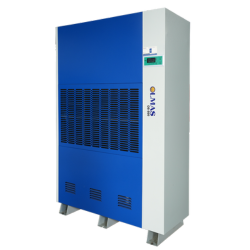 Olmas-OS
Olmas-OS -
Industrial Humidifier DeAir
 DeAir.HM
DeAir.HM -
Heat-Pump Dryer Daxwell
 Daxwell
Daxwell -
Electric Duct Heater DeAir
 DeAir.Heat
DeAir.Heat -
Air Handling Unit Dezenno.MAX
 AHU
AHU
-
- Services
- Projects
- Warranty – Maintenance
- News
- Contact
DeAir Provides 5% RH Humidity Control Solution for ScaleAQ Norway - Protecting Aquaculture Camera Systems
26/06/2025
DeAir Provides 5% RH Humidity Control Solution for ScaleAQ Norway - Protecting Aquaculture Camera Systems
In the high-tech aquaculture industry, leveraging technology to monitor and optimize processes is a matter of survival. ScaleAQ, one of the world's leading corporations from Norway specializing in technology and equipment for the aquaculture industry, presented a highly technical challenge to its partners in Vietnam. The task was to build a system capable of handling and preserving their underwater camera equipment.
Faced with an extremely strict requirement for an ultra-low humidity environment, ScaleAQ placed its trust in a "Made in Vietnam" technology solution from DeAir.

The Importance of Camera Monitoring in Aquaculture
ScaleAQ's underwater camera systems are used to monitor the fish feeding process in offshore sea cages. This provides enormous benefits:
- Cost Savings: Feed accounts for a very large portion of operating costs. Monitoring helps farmers feed the fish the right amount, avoiding wasted feed that pollutes the environment and costs money.
- Optimized Growth: Tracking the fish's feeding behavior ensures they receive adequate nutrition, leading to healthy and uniform growth.
- Environmental Protection: Minimizing excess feed is a practical action to protect the marine ecosystem around the farming area.
The Technical Challenge: Why Do Underwater Cameras Need Ultra-Low Humidity (5% RH)?
This is the crux of the issue. When in operation, a camera generates heat from its internal electronic components. Meanwhile, the outside of the camera casing is in a cold seawater environment. This temperature difference will cause condensation to form on the inner surface of the lens if any moisture is present inside the camera housing.
- The Consequence: A foggy lens, useless video feed, and the entire expensive monitoring system becomes ineffective. Moisture can also cause short circuits and damage to the electronic microchips.
- The Mandatory Requirement: The entire assembly, maintenance, and storage process for these camera units must be performed in a Dry Room, where humidity is controlled at an ultra-low level of 5% RH. This ensures that not a single water vapor molecule is "trapped" inside the device before it is sealed and deployed at sea.
A humidity level of 5% is a challenge that conventional condensing dehumidifiers simply cannot achieve.

Dezenno - The "Made in Vietnam" Adsorption Rotor Solution That Won Over a Norwegian Corporation
To solve this high-tech problem, DeAir applied its most advanced humidity control technology: the Dezenno rotor dehumidifier.
Unlike condensation technology, the Dezenno rotor dehumidifier uses a rotor made of silica gel material that physically adsorbs water vapor molecules from the air. The air stream, after passing through the rotor, becomes extremely dry, easily reaching the required 5% RH. This is a specialized technology for creating ultra-low humidity environments, used in lithium battery manufacturing, pharmaceuticals, and other high-tech industries.
The fact that ScaleAQ, a leading technology corporation from Norway, chose a "Made in Vietnam" high-tech product like Dezenno is a powerful affirmation of the quality, technical capability, and reliability that DeAir has built.
The Result & DeAir's Position
The dry room system using the Dezenno rotor dehumidifier installed by DeAir has been operating stably, perfectly meeting the stringent technical standards from ScaleAQ. This project not only solved a problem for the client but also demonstrated:
- DeAir's capability in providing solutions for high-tech industries that require absolute precision.
- The quality of "Made in Vietnam" products like Dezenno can compete with and meet the most rigorous international standards.
- The trust that international corporations have in DeAir's expertise and technology.
Sign up for news from DeAir
Related news






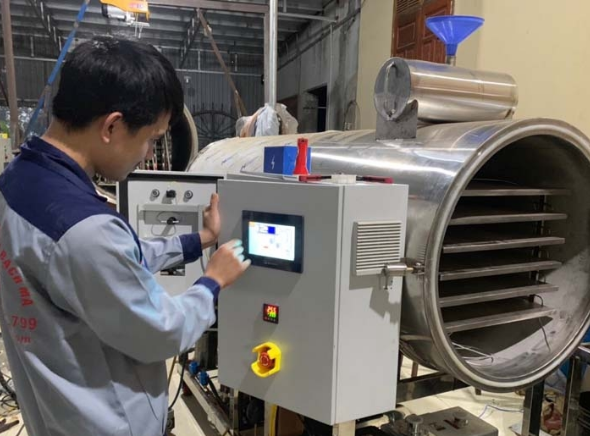



![[Case Study] DeAir Installs DeAir.De Rotor Humidity Control System for Pharmaceutical Plant in Binh Duong [Case Study] DeAir Installs DeAir.De Rotor Humidity Control System for Pharmaceutical Plant in Binh Duong](https://deair.com.vn/thumbs/news/2023_04/ban_giao_may_cho_duoc_bd/[270x153-cr]image1-1024x772.jpg__cv.webp)

![[Review & Guide] Olmas OS-300: The New Humidity Control "Warrior" for Medium to Large Warehouses [Review & Guide] Olmas OS-300: The New Humidity Control "Warrior" for Medium to Large Warehouses](https://deair.com.vn/thumbs/news/huong_dan_su_dung_may_olmas_21/[270x153-cr]vtm06440.png)